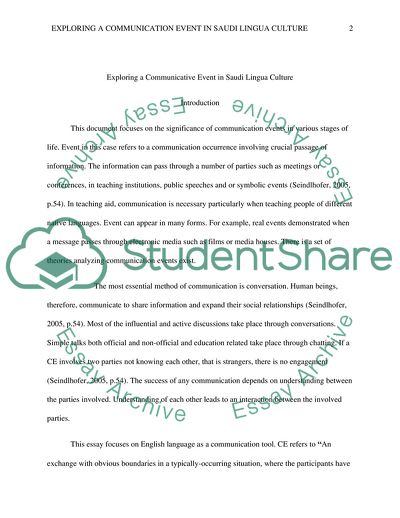Cite this document
(Exploring A Communication Event In Saudi Lingua Culture Case Study - 1, n.d.)
Exploring A Communication Event In Saudi Lingua Culture Case Study - 1. https://studentshare.org/social-science/1771814-exploring-a-communicative-event-in-saudi-lingua-culture
Exploring A Communication Event In Saudi Lingua Culture Case Study - 1. https://studentshare.org/social-science/1771814-exploring-a-communicative-event-in-saudi-lingua-culture
(Exploring A Communication Event In Saudi Lingua Culture Case Study - 1)
Exploring A Communication Event In Saudi Lingua Culture Case Study - 1. https://studentshare.org/social-science/1771814-exploring-a-communicative-event-in-saudi-lingua-culture.
Exploring A Communication Event In Saudi Lingua Culture Case Study - 1. https://studentshare.org/social-science/1771814-exploring-a-communicative-event-in-saudi-lingua-culture.
“Exploring A Communication Event In Saudi Lingua Culture Case Study - 1”. https://studentshare.org/social-science/1771814-exploring-a-communicative-event-in-saudi-lingua-culture.


